Aluminum Die Casting Design Guide
LK Die Casting Machine / 2024-07-17 11:37:10
Aluminum die casting is an efficient and precise manufacturing process that is widely used in many industries such as automobiles, electronics, and aviation.
This article will provide you with a detailed aluminum die-casting design guide, covering all aspects from basic concepts to practical applications, aiming to help
designers and engineers optimize product design and improve production efficiency and quality.
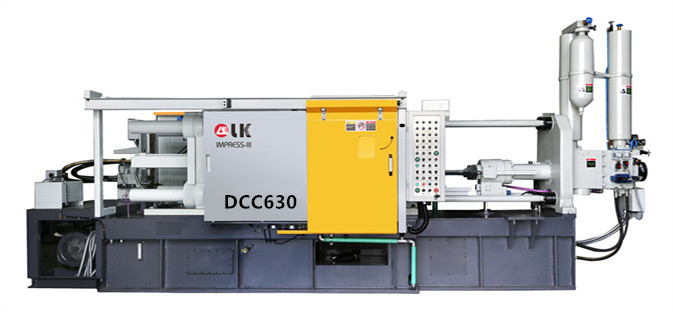
1. Basic concepts of aluminum die casting
1.1 Definition of aluminum die casting
Aluminum die casting is a process in which molten aluminum alloy is injected into a mold under high pressure to rapidly cool and solidify it.
This process can produce aluminum alloy parts with complex shapes and precise dimensions.
1.2 Types of aluminum alloys
Common aluminum alloys include A380, A383, ADC12, A360, etc. Each alloy has different mechanical properties and application areas.
When designing, it is necessary to select the appropriate aluminum alloy according to specific needs.
1.3 Types of die casting Processes
Aluminum die casting is mainly divided into hot chamber die casting and cold chamber die casting. Aluminum alloys usually use cold chamber die casting, which is
suitable for high melting point metals and can produce high-quality castings.
2. Basic principles of aluminum die-casting design
2.1 Mold design
Mold design is the core of the aluminum die-casting process. Excellent mold design can improve the quality and production efficiency of castings and reduce
production costs.
Parting surface selection: The parting surface should be as smooth as possible and avoid complex geometric shapes to facilitate the demolding of castings.
Gating system design: The gating system should be reasonably designed to ensure that the molten metal can evenly fill the mold cavity and reduce pores and
inclusions.
Cooling system design: The cooling system should be able to quickly and evenly cool the casting to prevent deformation and cracks.
2.2 Part design
The design of aluminum die-casting parts needs to consider process characteristics, optimize structure, and improve product performance and production efficiency.
Wall thickness design: The wall thickness should be uniform and avoid being too thick or too thin.
Usually, the wall thickness is between 1.5-4mm. Too thick will cause shrinkage and deformation, and too thin will easily break.
Reinforcement rib design: Reinforcement ribs can increase the strength and rigidity of parts. When designing, care should be taken to avoid being too high or too
narrow. Usually, the height should not exceed 2.5 times the wall thickness.
Fillet design: Fillets can reduce stress concentration and prevent cracking. The radius of the inner and outer fillets should be as consistent as possible, usually
0.5-1 times the wall thickness.
Draft angle: In order to facilitate demolding, the draft angle should be set during design, usually 1°-3°.
3. Common problems and solutions in aluminum die-casting design
3.1 Porosity and inclusions
Porosity and inclusions are common defects in castings, affecting product quality.
Cause of the problem: Mainly caused by poor mold filling and high gas content in the molten metal.
Solution: Optimize the design of the pouring system, use vacuum die-casting technology, and reduce the gas content of the molten metal.
3.2 Deformation and cracking
Deformation and cracking affect the dimensional accuracy and mechanical properties of the casting.
Cause of the problem: Mainly caused by uneven cooling and unreasonable mold design.
Solution: Optimize the design of the cooling system, evenly cool the casting, and reasonably design the mold structure.
3.3 Shrinkage and concavity
Shrinkage and concavity affect the appearance and mechanical properties of the casting.
Cause of the problem: Mainly due to uneven wall thickness, inconsistent cooling speed, and other reasons.
Solution: Optimize wall thickness design, ensure uniform wall thickness, and reasonably control cooling speed.
4. Advanced technology for aluminum die-casting design
4.1 Computer-aided design (CAD)
CAD technology can improve the accuracy and efficiency of aluminum die-casting design, and reduce design errors and production costs through simulation and
optimization.
3D modeling: Through 3D modeling, product design can be displayed intuitively, which is convenient for modification and optimization.
Finite element analysis (FEA): Finite element analysis can simulate the stress and deformation of castings during the production process and optimize mold and
process design.
4.2 Computer-aided Manufacturing (CAM)
CAM technology can improve the production efficiency and quality of aluminum die-casting, and reduce human errors through automated production.
CNC machining: CNC machining can accurately control the machining accuracy of the mold, and improve the service life of the mold and the quality of the casting.
Automated production line: Automated production lines can improve production efficiency, reduce the production cycle, and reduce production costs.
4.3 3D printing
3D printing technology is widely used in the manufacture of aluminum die-casting molds. It can quickly make complex molds and improve the flexibility of mold design.
Rapid prototyping: 3D printing can quickly make complex mold prototypes and shorten the product development cycle.
Precision control: 3D printing can accurately control the size and shape of the mold and improve the processing accuracy of the mold.
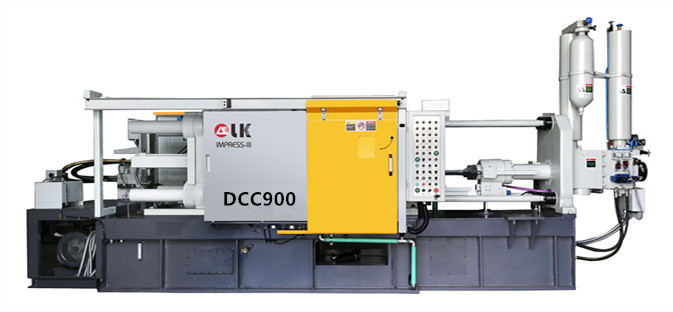
V. Application cases of aluminum die-casting design
5.1 Auto parts
Aluminum die-casting is widely used in automotive parts, such as engine blocks, gearbox housings, wheels, and structural parts.
Engine block: Aluminum alloy has good thermal conductivity and strength, which is suitable for manufacturing engine blocks and improving engine performance and
durability.
Gearbox housing: Aluminum die-casting can produce high-precision gearbox housings and improve the transmission efficiency and service life of gearboxes.
5.2 Electronic products
Aluminum die-casting is widely used in electronic products, such as mobile phone cases, notebook cases, heat sinks and connectors.
Mobile phone cases: Aluminum alloy has good thermal conductivity and corrosion resistance, which is suitable for manufacturing mobile phone cases and improving the
heat dissipation performance and appearance quality of mobile phones.
Heat sink: Aluminum die casting can produce heat sinks with high thermal conductivity, improve the heat dissipation efficiency of electronic products, and extend the
service life of products.
5.3 Aerospace
Aluminum die casting is widely used in aerospace, such as aircraft structural parts, engine parts, and airborne equipment.
Aircraft structural parts: Aluminum alloys have a high strength-to-weight ratio and corrosion resistance, which are suitable for manufacturing aircraft structural
parts, reducing aircraft weight and improving flight performance.
Engine parts: Aluminum die casting can produce high-precision engine parts and improve engine efficiency and durability.
VI. Future development trend of aluminum die casting design
6.1 Application of new materials
In the future, aluminum die casting design will introduce more new aluminum alloy materials to improve the performance and adaptability of castings.
High-strength aluminum alloy: Develop high-strength aluminum alloys to further improve the strength and durability of castings.
High wear-resistant aluminum alloy: Develop high wear-resistant aluminum alloys, suitable for high wear environments, and improve the service life of castings.
6.2 Process innovation
With the advancement of science and technology, aluminum die-casting technology will continue to innovate to further improve the quality and production efficiency
of castings.
Vacuum die casting: Vacuum die casting can reduce the pores and inclusions inside the casting, and improve the density and mechanical properties of the casting.
Semi-solid die casting: Semi-solid die casting can improve the mechanical properties and precision of the casting, and is suitable for manufacturing high-
requirement precision parts.
6.3 Intelligent manufacturing
Intelligent manufacturing will become an important development direction of aluminum die-casting design, and improve production efficiency and product quality
through intelligent production equipment, automatic control systems, and big data analysis technology.
Intelligent production equipment: Introduce intelligent production equipment to improve the degree of automation of the production process and reduce human errors.
Big data analysis: Through big data analysis technology, optimize the production process and process parameters, and improve production efficiency and product
quality.
Conclusion
Aluminum die-casting design is a complex and precise project involving material selection, process design, mold manufacturing, and quality control.
By following scientific and reasonable design principles and combining advanced technical means, the quality and production efficiency of aluminum die-casting
products can be significantly improved.
In the future, with the continuous development of new materials, new processes, and intelligent manufacturing, aluminum die-casting design will usher in a wider
For more info, you can refer to: https://www.youtube.com/shorts/JLX410QV_kw
Contact LK Egypt to learn more info about the die-casting machine
LKAGENT OFFICE DCM
Address: Industry Zone, South of Port Said Kebly, Egypt
https://www.zazdiecasting.com/
Phone/WhatsApp/Wechat: +86 13598704163
Mobile: +20 101 304 3317 +20 150 181 8310
Email: jack@zazmae.com ahmedmahmoud@zazmae.com
#die cast tooling
#trivalent chromate
#rapid prototype casting
#a360 aluminum
#aluminum caster
#aluminum prototype
#ideal 55 slider parts
#density of aluminum kg/mm3
#magnesium sheet metal
#parts of a metal gate
#subcontracting of screw machining for the luxury sector
#wall aluminum
#die casting tooling
#tooling for die casting
#density of aluminium in kg mm3
#clear chromate
#es casting metals
#gating material
#prototype aluminum
#sigma castings
#subcontracting of screw-machining for household appliances
#we squeeze to please machine
#aluminium gravity die casting
#aluminum part
#aluminum rapid prototyping
#nickel casting
#plunger tip for die casting machine
#rapid prototyping aluminium
OTHER CONTENT
-
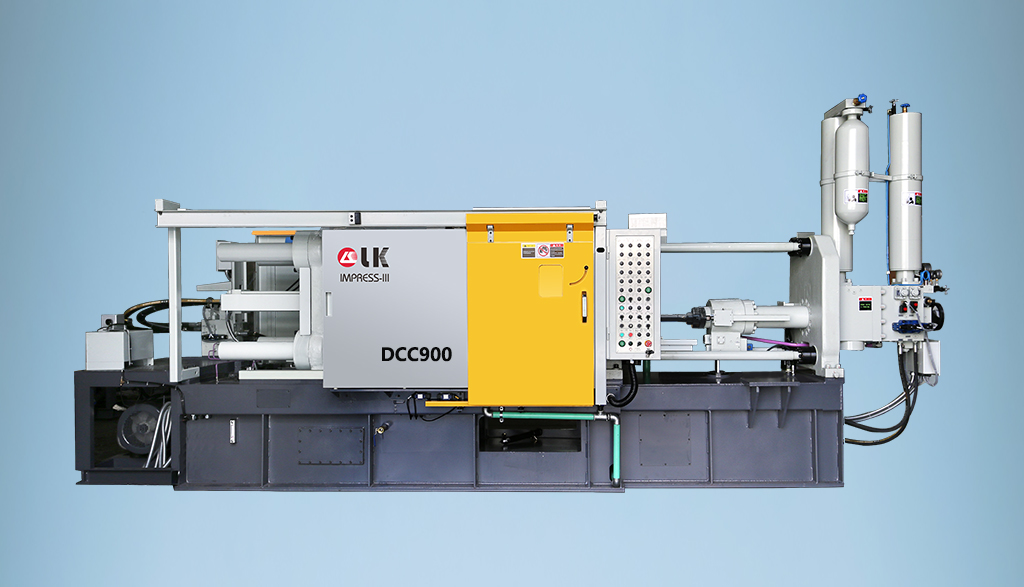
2024-09-19 14:16:15 LK Cold Chamber Die Casting Machine DCC900 Locking Force: 9000KN Die Height: 400-1000mm Space Between Tie Bars: 930x930mm Shot Weight: 13.5Kg Casting Area Max:2250c㎡
More -
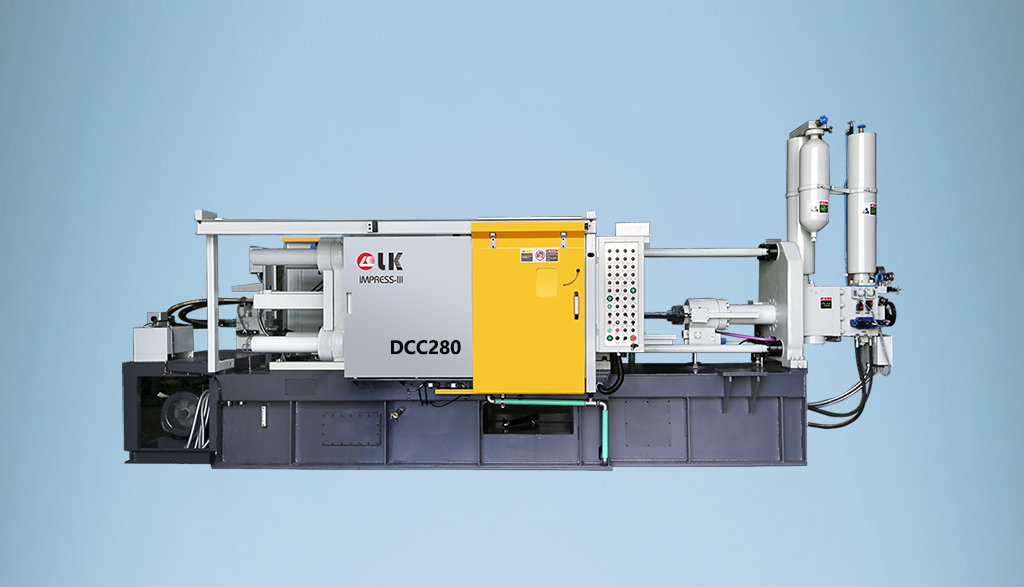
2024-09-19 14:11:06 LK Cold Chamber Die Casting Machine DCC280 Locking Force: 2800KN Die Height: 250-650mm Space Between Tie Bars: 560x560mm Shot Weight: 2.9Kg Casting Area Max:700c㎡
More -
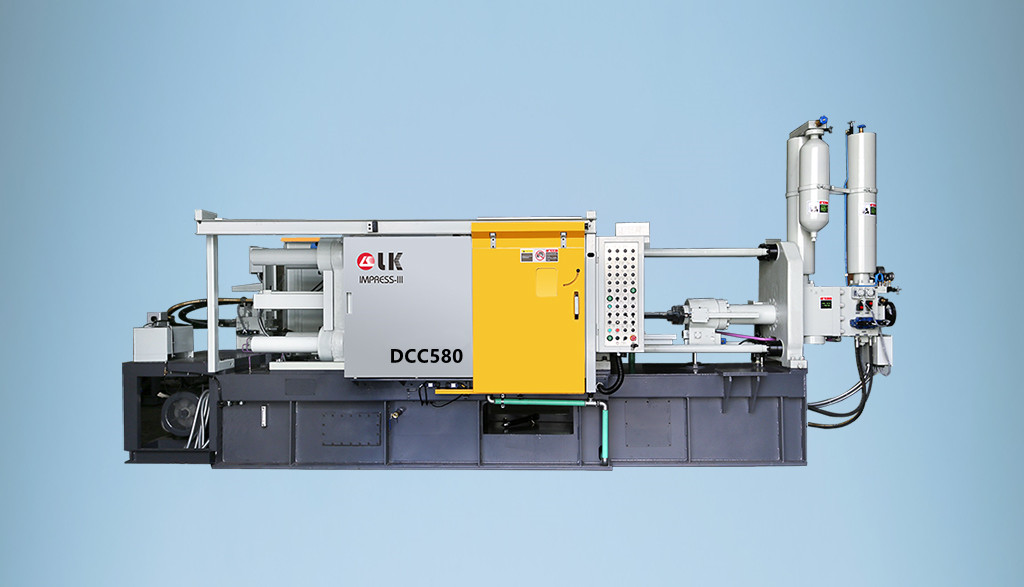
2024-09-19 10:23:07 LK Cold Chamber Die Casting Machine DCC580 Locking Force: 5000KN Die Heigh: 350-850mm Space Between Tie Bars: 760x760mm Shot Weight: 6.9Kg Casting Area Max:1250c㎡
More -
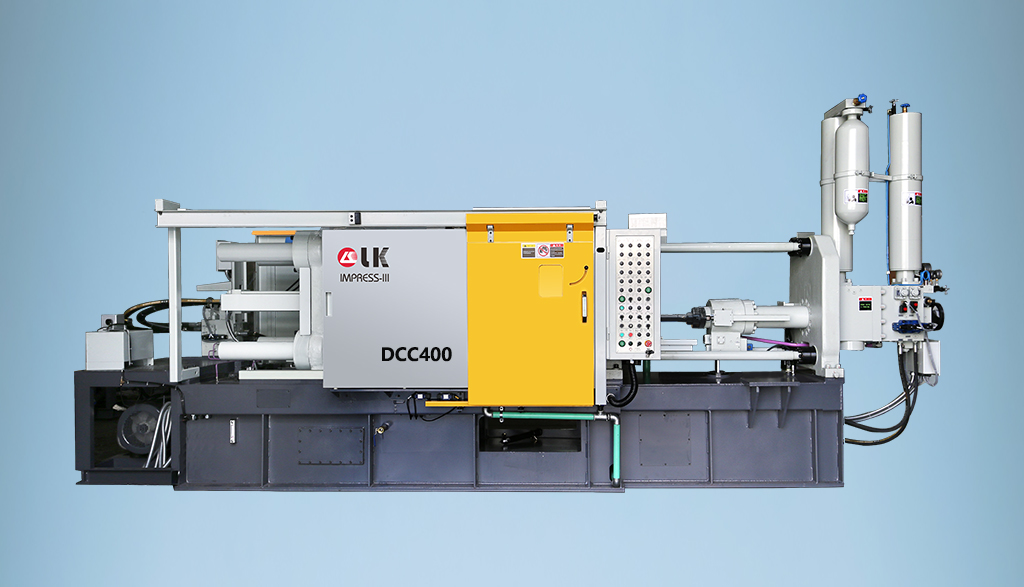
2024-09-19 10:11:20 LK Cold Chamber Die Casting Machine DCC400 Locking Force: 4000KN Die Height: 300-700mm Space Between Tie Bars: 669x669mm Shot Weight: 4.7Kg Casting Area Max:1000c㎡
More

